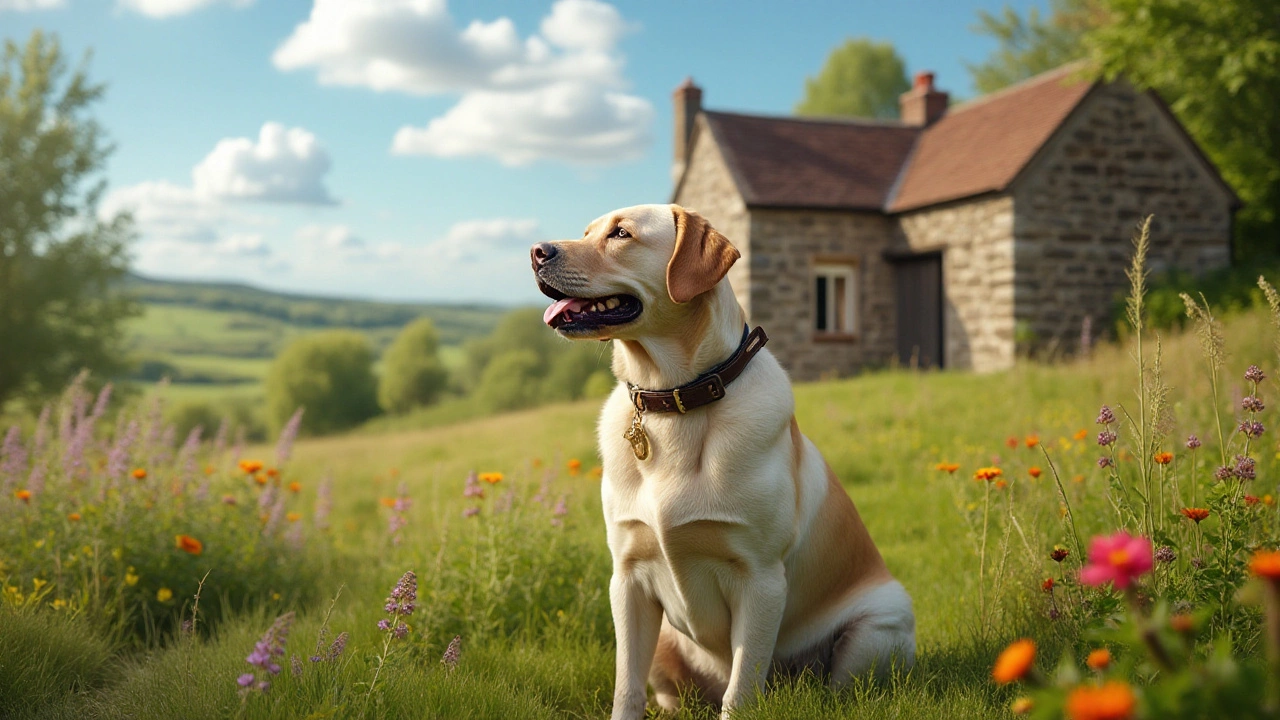Pet Collars: How to Pick the Perfect Fit for Your Furry Friend
Choosing a pet collar isn’t just about picking something cute. It’s about safety, comfort, and making sure the collar does its job—whether that’s holding ID tags, training, or just looking good. In this guide we’ll walk through the main collar styles, what to check for a good fit, and how to keep the collar lasting longer.
Types of Pet Collars
Flat nylon or polyester collars are the most common. They’re cheap, lightweight and come in countless colors. If your dog just needs a place for tags, this is a solid choice. Look for a double‑stitched buckle so it won’t fray after a few washes.
Leather collars feel heavier and give a more classic look. They soften with use and can last years if you condition them regularly. For dogs that pull a lot, a thick leather strap offers extra durability.
Martingale (quick‑release) collars are great for cats and small dogs with narrow heads. They tighten when the animal pulls but release automatically, preventing choking. This style is safe for birds and escape‑artists alike.
Reflective or LED collars improve visibility on night walks. Some have built‑in flashing lights, while others simply have reflective strips. Pair a reflective collar with a visible leash for extra safety.
Training collars—like slip or choke chains—should only be used under professional guidance. They’re designed for specific training methods and can cause injury if misused.
Fit, Safety & Care Tips
First, measure your pet’s neck with a soft tape. Add about an inch (2‑3 cm) to allow two fingers to slip between the collar and skin. A collar that’s too tight can rub, cause hair loss, or even cut off circulation.
Check the buckle daily. If it’s a plastic snap, make sure it’s not cracking. Metal buckles should be rust‑free; a quick wipe with a damp cloth keeps them shiny.
Swap out worn collars promptly. Frayed edges, broken loops, or faded colors are signs the collar isn’t doing its job. For dogs that love water, choose waterproof materials like neoprene or coated nylon.
Keep the collar clean. Spot‑clean nylon with mild soap, leather with a leather cleaner, and remove tags that collect mud before they become heavy. A clean collar reduces skin irritation and makes the tags easier to read.
Finally, rotate collars. Giving your pet a break from the same collar every few weeks lets the skin breathe and prevents chafing. It also spreads wear across several collars, extending their life.
Whether you’re heading out for a short walk or a long hike, the right collar makes a big difference. Pick a style that matches your pet’s activity, check the fit regularly, and keep it tidy. Your pet will stay safe, comfortable, and ready for every adventure.
What's Better Than a Prong Collar for Your Dog?
Prong collars may be effective for control, but many pet owners are seeking more humane alternatives. This article dives into why alternatives like harnesses and head collars can be better options for both you and your furry friend. Learn about the benefits of using gentle training methods and discover practical tips for making the switch. A more compassionate approach can foster a stronger bond between you and your dog.
Understanding Your Dog's Comfort with Their Collar
Dogs often wear collars for identification and safety purposes, but it's important to consider their comfort. The article discusses whether constant collar use can cause discomfort or health issues for dogs. By exploring the right fit, material, and collar types, pet owners can ensure their furry friends are both safe and comfortable. Providing helpful tips on maintenance and regular checks can help optimize a dog's well-being.

